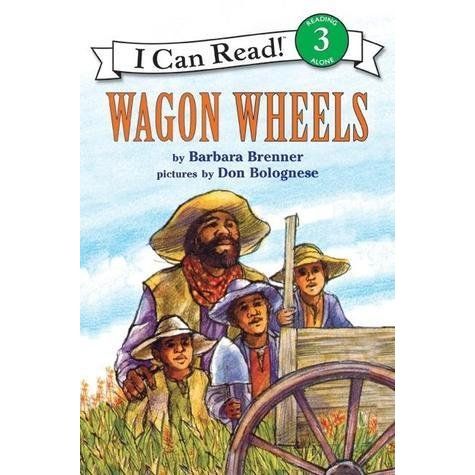Winter is a magical time of year that brings a sense of wonder and excitement in kids. It also offers a fantastic opportunity for parents to find engaging children’s books about winter that capture the imagination and teach something new. Here are 29 cool children’s books about winter to add to your reading list.
1. Snowflakes Fall by Patricia MacLachlan
2. The Mitten by Jan Brett
3. Snowmen at Night by Caralyn Buehner
4. The Wish Tree by Kyo Maclear
5. Over and Under the Snow by Kate Messner
6. Owl Moon by Jane Yolen
7. The Winter Train by Susanna Isern
8. Winter Dance by Marion Dane Bauer
9. The Snowy Day by Ezra Jack Keats
10. The Tea Party in the Woods by Akiko Miyakoshi
11. No Two Alike by Keith Baker
12. Brave Irene by William Steig
13. White Snow, Bright Snow by Alvin Tresselt
14. Frozen Noses by Jan Carr
15. One Winter’s Day by M Christina Butler
16. Flora and the Penguin by Molly Idle
17. Extra Yarn by Mac Barnett
18. Animals Home Alone: Snowbound! By Richard Cowdrey
19. Ollie’s Ski Trip by Elsa Beskow
20. Jack Frost: The Guardians of Childhood By William Joyce
21. Goodbye Autumn, Hello Winter By Kenard Pak
22. Waiting for Winter By Sebastian Meschenmoser
23-24. Home in the Woods and A Stone Sat Still By Brendan Wenzel (These two books provide unique perspectives on life in winter)
25-27. Robin’s Winter Song, Sneezy the Snowman, and Stick Man (Explore humor and heartwarming moments during wintertime)
28. A Stranger in the Woods by Carl R. Sams II and Jean Stoick
29. A Beasty Story by Bill Martin Jr. and Steven Kellogg (This delightful book adds a supernatural touch to a wintery tale)
These 29 cool children’s books about winter will enchant readers of all ages with their beautiful illustrations, touching stories, and wondrous exploration of the winter season. From snowmen to mittens, from snow-covered woods to mountains of ice, each page brings a new adventure waiting to be discovered. Bundle up and enjoy these enchanting tales with your children while creating memories that will last a lifetime.











